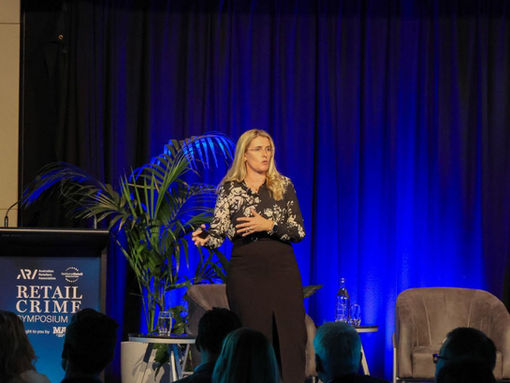top of page
The Journal
Ideas, misconceptions and explainers about CPTED, place and public art.


Plans of Management and Safety: Bridging the Gap Between Design and Daily Use
Plans of Management connect design with day-to-day safety. Learn why they must start early to reduce risks, prevent crime, and create safer spaces.

Kristy Cianci
Sep 47 min read


The shift doesn’t end at the exit: CPTED for safer staff journeys
Retail crime costs $9 billion a year in theft and damages - but the real cost is human. Last year there were 800,000 incidents reported nationally, with over half of retailers experiencing physical abuse of staff. Many cases go unreported.
I spoke at the ARA × NRA Retail Crime Symposium about how CPTED can help protect staff beyond the store door — making their journey home safer through design and management.

Kristy Cianci
Aug 271 min read


Why the Three D’s Only Work When They Work Together
Crime Prevention Through Environmental Design (CPTED) provides many practical tools to reduce risk and improve how people experience...

Kristy Cianci
Aug 114 min read


Why ‘More Lighting’ Isn’t Always the Answer in CPTED
More lighting doesn't guarantee safety - strategic placement prevents glare, shadows, and blind spots, enhancing visibility and security.

Kristy Cianci
May 83 min read


The Complexities of Designing Mixed-Use Buildings with CPTED and Crime Prevention in Mind
CPTED should never be an afterthought in mixed-use developments. Success lies in balancing activation, surveillance, and access control.

Kristy Cianci
Apr 34 min read


The Difference between a Blank Wall and an Active Wall from a CPTED perspective
A building with a 'blindfold' puts occupants at risk of crime. Designing a building with good surveillance is a powerful CPTED tool.

Kristy Cianci
Mar 53 min read


Designing Safe Paths of Travel for your Staff using CPTED principles
Using Crime Prevention Through Environmental Design (CPTED) principles, businesses can identify, assess, and improve workplace exit routes,

Kristy Cianci
Mar 55 min read
bottom of page



